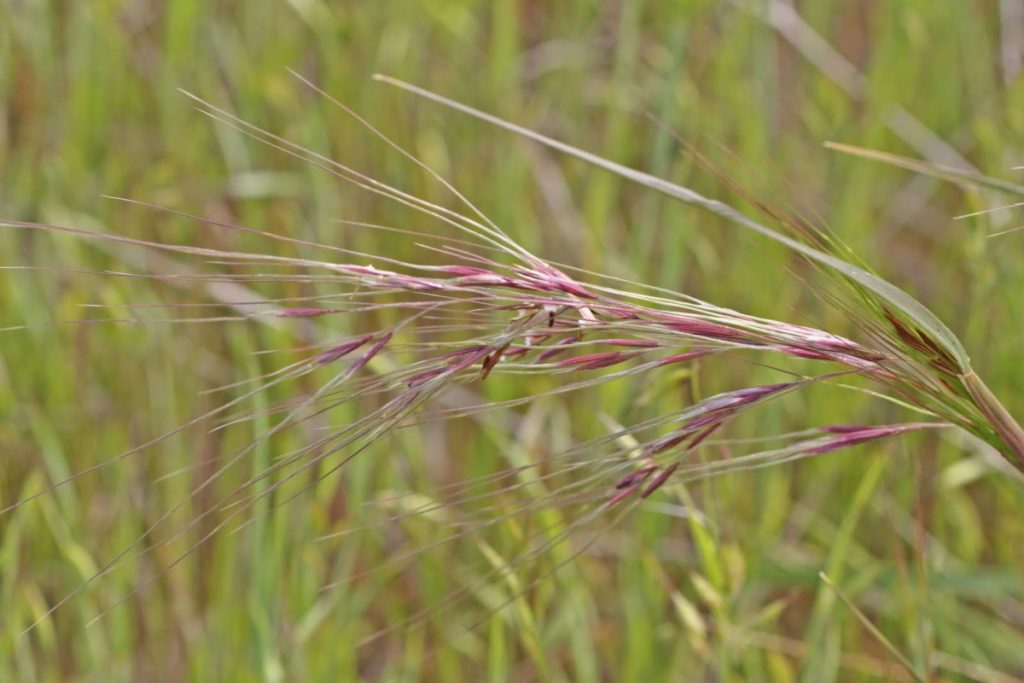In addition to the nearly 200 acres of open space wildland, Fountaingrove is responsible for approximately 25 acres of irrigated, landscaped open space. Over the years, there have been a variety of plant species specified and installed within the irrigated open space. The result of those varied plantings is that our hillsides are currently dotted with native and non-native, thirsty and drought-tolerant plants – some thriving, while others struggle.
In 2010, the OSMA Board of Directors studied the original 1992 Fountaingrove II Design Guidelines for Open Space Management and concluded that within that document were the specific rules for planting within the landscaped open space areas. The guidelines specify that only California native species that are present on the plant list included in the Design Guidelines are allowed.
Moving forward, any new plantings within Fountaingrove II open space will utilize only the plants on the original plant list, and any existing plants that are replaced will be replaced only with plants from that list. Eventually, our landscaped hillsides will be populated with beautiful native plants that are accustomed to dry summers, saving both water and money.
What you plant in your own yard is important. It’s important for many reasons…
First, there are plants that are readily available at the nursery or home center that easily re-seed into our wild open spaces. Plants such as Pampas Grass, Cotoneaster, Broom, Acacia, Eucalyptus, Euphorbia and others become problems the OSMA must deal with every year because such plants can overtake the desirable native plants we find in our open space, and most are quite fire hazardous.
There are also plants that can hybridize with our local endangered native species, eventually causing the extinction of those rare species. For this reason, most Ceanothus and Manzanita species are banned from Fountaingrove II.

Finally, you may find, as one woman did in her question to the San Francisco Chronicle, that birds and other animals seem to love the berries on the non-native species she plants in her garden, so why not help them out with those non-native invasive plant species? Well, the birds may love them, but the berries may not meet their nutritional requirements. See this link for the complete question and answer.
If you have any questions as to the plants that are encouraged and those that are banned in Fountaingrove II, please take a look at our plant lists. Every homeowner was given this information upon purchasing his or her home.
Why not just grab any old tree at the home center and plop it in the ground? Well, as some of us have witnessed recently, many of the trees that were planted as mitigation trees by the developers of Fountaingrove II were poor specimens to start, and then were planted so poorly that they will never become strong, healthy trees down the road. That means that many of the trees that have been growing in our landscaped spaces for ten years or more will have to be removed before they become hazards to people and property. If you’re thinking about planting a tree or two, here are two articles written by Ray Moritz, Urban Forester from Urban Forestry Associates (the OSMA relies on his advice for both forest health and fire safety) that might be helpful: